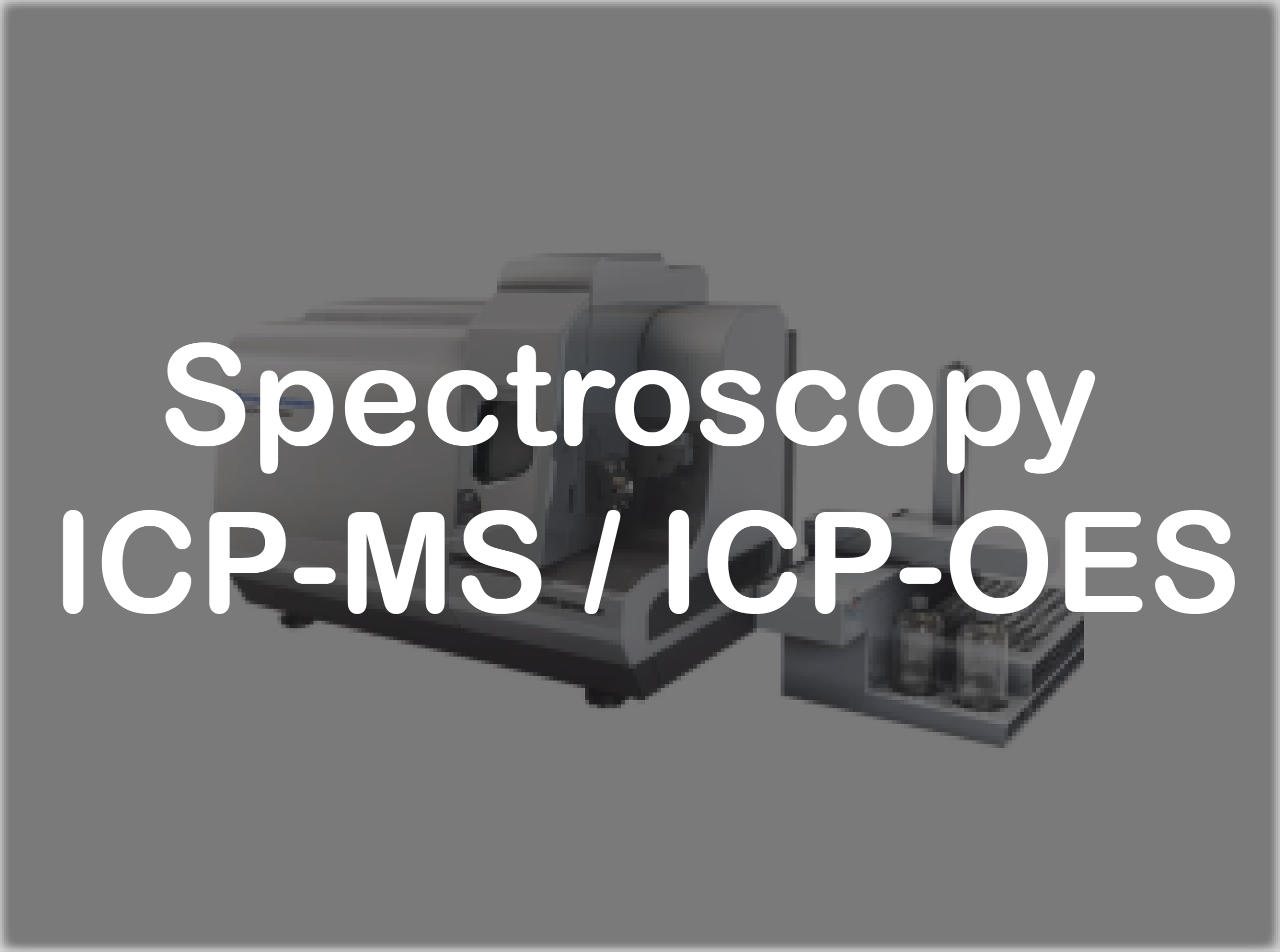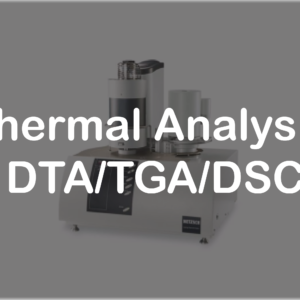Description
Brand
Thermo Fisher Scientific (iCAP Q), Agilent (ICP-MS 7700), Agilent (ICP-MS 7800)
Introduction
The plasma used by the ICP-MS instrument is basically the same as that used in the emission spectrum except for the orientation and the coil grounding method. The mass analyzer, ion detector and data acquisition system used are similar to the quadrupole GC-MS instrument.
Most of the mass analyzers use quadrupole mass spectrometers, and there are also high-resolution dual-focus sector magnetic field mass spectrometers and time-of-flight mass spectrometers.
The characteristics of the technology: high sensitivity; fast speed, which can complete the quantitative determination of dozens of elements in a few minutes; simple spectral line, less interference than spectral technology; linear range can reach 7-9 orders of magnitude; sample preparation compared with the introduction of other mass spectrometry techniques, it can be used for elemental analysis and rapid determination of isotope composition; the determination precision (RSD) can reach 0.1%.
Test items:
It can analyze more than 70 kinds of metals and some non-metal elements in water, biological samples, plants and food, non-ferrous metals and alloys, coal, petrochemicals, environmental substances, geological minerals, glass and semiconductor materials, etc., with semi-quantitative, quantitative and the ability to quickly determine isotope ratios. Common metals, transition metals and rare earth elements. Do not detect elements: C, H, O, N, F, Cl, and group zero elements.
Services
- Sensitivity Low mass (Li): >40M cps/ppm Medium mass (Y or In):> 150M cps/ppm High quality number (Tl or U):> 200M cps/ppm
- Random background: <1 cps (4.5) In standard mode, the signal-to-noise ratio of the instrument is >150M (1ppm medium-mass element solution, sensitivity/random background) Oxide ion (CeO+/Ce+) <2% 4.4 Instrument detection limit
- Detection limit Light mass elements: <0.5 ppt Medium mass element: <0.1 ppt High mass elements: <0.1 ppt
- Stability Short-term stability (RSD): <2% Long-term stability (RSD): <3% (2 hours) Mass Spectrometry correction stability: <0.025 amu/8h
Requirement on Sample
Multi-element determination sample requirements:
- The total sample salinity is 0.1-0.5%:
- Acidic medium is 2-5%:
- The general solvent is hydrochloric acid or nitric acid;
- The solution does not contain harmful substances, such as OH, F; toxic, corrosive, irritating, flammable, explosive, radioactive, magnetic and other samples that are harmful to personnel and instruments.
- When the sample is processed, ensure that the sample is completely decomposed without loss and pollution, and the solution needs to pass through a 0.5 micron aqueous filter before sending the sample.
- Please ensure that the crystals are soluble in the commonly used reagents nitric acid and hydrochloric acid. These reagents must be added to ensure that they can be dissolved before testing the sample. Solution samples must have a sample blank to ensure the accuracy of the test.
- The sample size must be provided: the solution should not be less than 2 mL, the solid amount should not be less than 0.1 g, the sample is not dissolved, or the concentration is too small will affect the final test results.
- Aqueous solution is recommended to be greater than 2mL, solid is recommended to be greater than 0.1g (if less than 0.1g, it is recommended to send samples after determining the quality). According to the actual sample to provide specific sample preparation.
FAQ
The faster pre-processing method of ICP-MS for environmental samples?
- Use microwave oven to digest.
- High-pressure microwave digestion system, MILLSTONE or CEM, etc.
- Microwave digestion or acid leaching. It depends on the sample and element. If the isotope abundance is used, leaching is enough.
- Depending on the sample, the water samples can be treated with acid.
Can ICP-MS analyze hexavalent chromium in drinking water? Can you tell me the analysis method?
- No, ICP-MS can only measure total chromium. But it can be connected to LC, and hexavalent chromium can be measured after separation by LC column.
- It is necessary to connect to the liquid phase to perform speciation analysis.
- There are many ways to separate hexavalent chromium, just use ICP-MS as a detector. ICP-MS alone can also measure hexavalent chromium in drinking water. As long as the total chromium does not exceed the limit of hexavalent chromium, it can be considered qualified.






Reviews
There are no reviews yet.